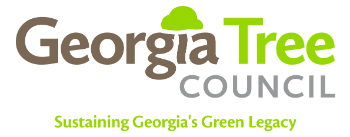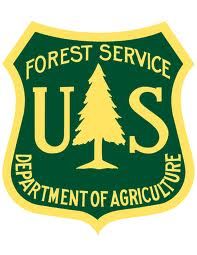Best Management Practices
Click on the following links to keep up-to-date with current best management practices and tools and resources for tree care and urban forestry. These links include informative articles and publications by experts in the field.
-
Homeowners and community tree care staff can use these resources to identify tree problems and solutions and conduct basic tree maintenance. Particular situations may require an inspection by a trained certified arborist to be sure about risk related to structural health of your trees. New: "Homeowner help for managing Tornado / Storm damaged trees."
-
The International Society of Arboriculture is recognized as the worldwide network for science-based information on the benefits and care of trees.
-
A city’s green infrastructure — trees, vegetation and water — is just as important as its roads, pipes and power lines. Decades of research shows that our urban forests deliver measurable economic benefits, reduce strain on hard infrastructure and improve people’s health and quality of life. Urban forests are economical and effective.
Vibrant Cities Lab is a joint project of the U.S. Forest Service, American Forests and the National Association of Regional Councils, merging the latest research with best practices for implementing green infrastructure projects in your community.
-
The Arbor Day Foundation is a 501(c)3 nonprofit conservation and education organization founded in 1972. The Arbor Day Foundation has grown to become the largest nonprofit membership organization dedicated to planting trees and its conservation and education programs. Click on the link above to see their guide on tree planting and care.
-
TreesAreGood.org is an educational website providing homeowners and other tree owners with reliable information regarding the benefits of trees and how to properly care for trees in an urban environment.
-
Take a look at this extensive publications library about community forestry, with many articles on tree biology and how trees react to construction, pruning, drought, compaction, and more. This site also contains papers on topics like tree values and tree benefits.
-
Research, presentations, and papers concerning urban forestry in the southeast. Topics include inventorying, canopy studies, emerald ash borer control, master gardener modules, carbon credits, tree failure, surveys, and much more.
-
ANSI A300 standards are the generally accepted industry standards for tree care practices. They are voluntary industry consensus standards developed by TCIA and written by a committee called the Accredited Standards Committee (ASC) A300, whose mission is to develop consensus performance standards based on current research and sound practice for writing specifications to manage trees, shrubs, and other woody plants.
-
i-Tree is a set of free tools built on science that:
Quantifies the benefits and values of trees around the world.
Aids in tree and forest management and advocacy.
Shows potential risks to tree and forest health.
Are based on peer-reviewed, USDA Forest Service Research in the public domain. -
The Forest Service's Urban Forest Connections webinar series brings experts together to discuss the latest science, practice, and policy on urban forestry and the environment. These webinars are open to all.
-
Learn more about how Georgia Power manages trees and vegetation in utility corridors by watching this video: https://bcove.video/2Z1JW7j
-
A new publication from the US Forest Service:
"Trees provide considerable stormwater volume and pollution control
through rainfall interception and intensity reduction, stormwater
infiltration and uptake, and nutrient load reduction. This document
focuses on the effects of trees on urban stormwater runoff, provides
some helpful urban forest management strategies to maximize
stormwater benefits, and demonstrates several examples around the
United States where the stormwater benefits of urban trees are credited
for reducing stormwater volume and pollutant loading. This document
serves as a resource manual for natural resource professionals to help
them communicate with stormwater managers and engineering professionals
about the science and benefits of urban trees in stormwater
management. Resources on accounting for the stormwater functions of
trees are provided as a starting point for State and local governments
interested in providing regulatory credit for urban forests in green
stormwater infrastructure."U.S. Department of Agriculture, Forest Service. 2020. Urban forest systems and
green stormwater infrastructure. FS–1146. Washington, DC. 23 p. -
Homeowners managing storm-damaged trees are confronted with many difficult decisions regarding the pruning, removal, and overall management of their trees. This portal was designed by the Georgia Forestry Commission to provide information to help residents with the decision-making process.
-
Video demonstrating how to Plant a 5 Gallon Containerized Tree.


